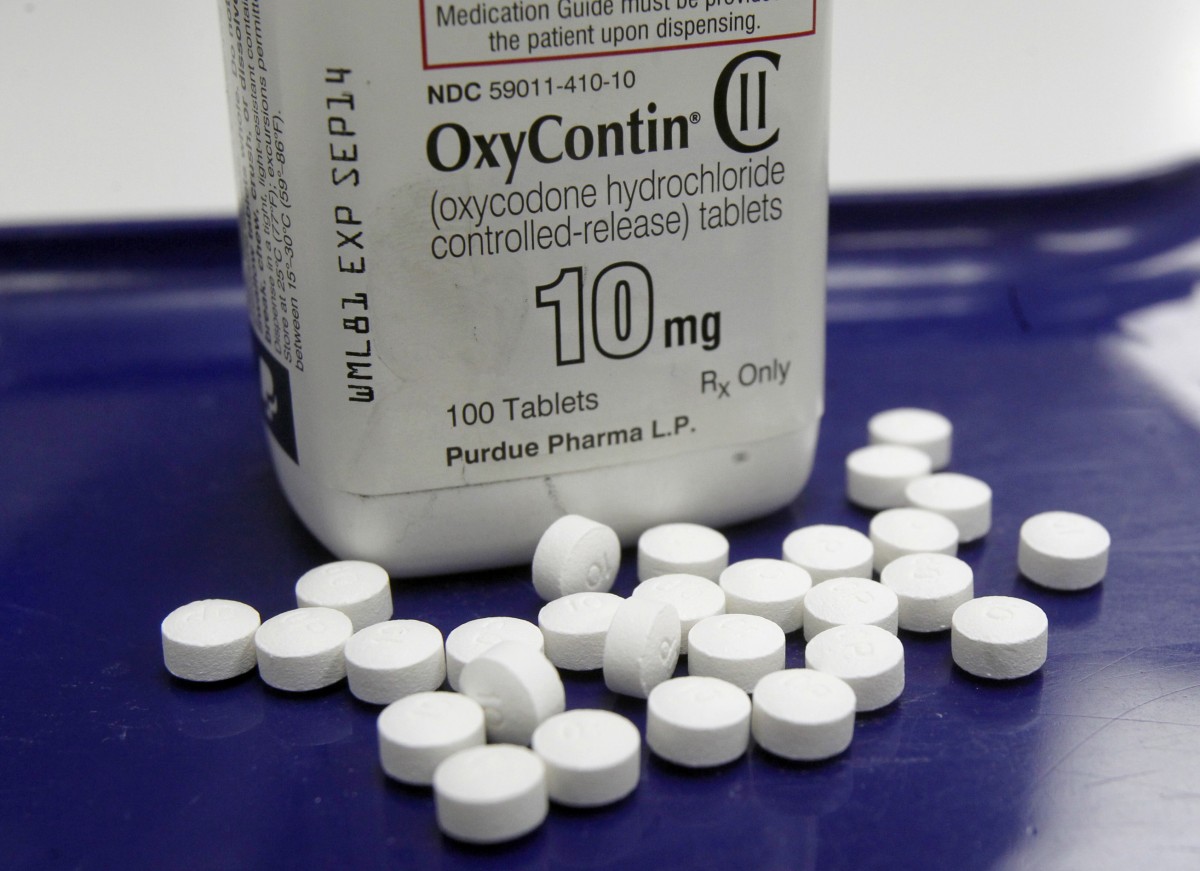CHARLESTON — Preliminary numbers from the state Department of Health and Human Resources show nearly 500 opioid-related deaths were recorded in the first six months of this year in West Virginia, state Chief Health Officer Dr. Rahul Gupta said Monday July 23.
The 498 deaths are 19 more than the opioid-related deaths recorded in the first six months of 2017. According to Gupta, there were 356 opioid-related deaths in the first six months of 2016. He said the rate of growth seems to have leveled off.
“The curve is flattening. It’s a little early to say but we are seeing some encouraging numbers but we know this will continue for a while,” Gupta said Monday during an appearance on MetroNews “Talkline.”
He’s looking for the numbers to decline in future months because of the state’s approach to the epidemic. A new state law limiting the prescribing of opioids in some cases went into effect June 7, Gupta said.
“We hope that will significantly, for the first time in the history of our state, we’ll actually start to have meaningful declines in opioid prescribing,” Gupta said, praising Gov. Jim Justice for supporting the measure.
According to the DHHR, the Opioid Reduction Act “sets limitations on opioid prescriptions and authorizes a ‘nonopioid directive’ patients can put in their medical files, formally notifying health care professionals they do not want to be prescribed or administered opioid medications.”
Gupta said other measures that are saving lives include making the overdose reversal drug Naloxone more readily available and the success of Quick Response Teams that are following up with overdose survivors.
“Those are all those people that would have otherwise not gotten any help,” Gupta said. “It helps us connect people to treatment, to recovery. The ultimate goal is to get these people back in the workforce.”
Several police agencies report crystal meth is quickly becoming a drug of choice and fewer people are using opioids. Gupta said “whack-a-mole” efforts can be frustrating but he said he’s confident in the state’s work to change the culture.
“How not to just chase after one drug and then the next, but start to develop models that you can put in that you can provide hope to people,” Gupta said. “Whether it’s education, employment or other factors, you really try to improve communities one at a time in order to help those people.”
According to the DHHR, highlights of the Opioid Reduction Act:
“Prior to prescribing opioids, providers must first refer or prescribe treatment alternatives such as physical therapy. If an opioid is prescribed, it must not exceed a seven-day supply at the lowest effective dose and the provider must explain the associated risks. In addition, the provider must document the patient’s medical history, conduct and document a physical examination, develop a treatment plan and access relevant prescription monitoring information under the Controlled Substance Monitoring Program Database.
“Subsequent prescriptions may only be issued at least six days following the initial prescription and the provider must document that it is necessary and appropriate for the patient’s treatment. A third prescription for ongoing treatment requires consideration of referral to a pain clinic or specialist.
“For supplies greater than seven days, a patient must sign a narcotics contract with the prescribing provider agreeing to only get medication from that doctor, use the same pharmacy each time and notify the provider of any emergency where the patient is prescribed a controlled substance. Adults receiving an initial opioid prescription in an emergency room or urgent care facility are limited to a four-day supply of opioid pain medicine. Minors are limited to a three-day supply.”




